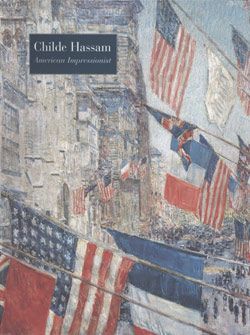Cannon Rock
Winslow Homer American
Prouts Neck, Maine, where Homer spent most of his last twenty-five years, hosted a vibrant summer community that dispersed during the winter months. The artist enjoyed the tranquility of the off-season, when the storms were fiercer and the ocean more changeable and dramatic. Cannon Rock, seen protruding from the outcropping at lower right, takes its name from its resemblance to a cannon seen from behind and from the booming sound of the surf breaking at its base, particularly during stormy weather.
In 1903, a critic for the New York Times admired Cannon Rock for the "infinite zest" and "virility" of Homer’s brushwork—especially evident in the thick impasto of the cresting wave—and declared him "the greatest living marine painter of the age."
This image cannot be enlarged, viewed at full screen, or downloaded.



